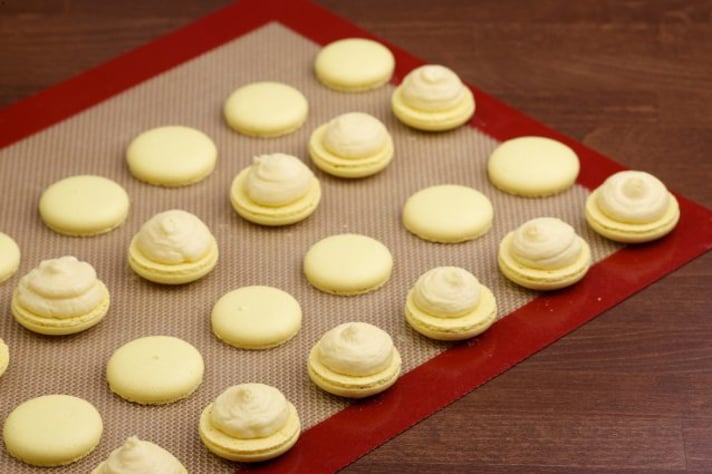Why You Should Never Use a Silicone Mat in the Oven Without a Tray
Silicone baking mats, introduced in the 1960s, are a kitchen staple for even, non-stick baking. However, using them without a tray can cause spills, uneven cooking, and potential safety hazards. For optimal use, always place the mat on a baking tray, ensuring even heat distribution and easier cleanup. Follow manufacturer's cleaning instructions to maintain the mat's condition.

Silicone baking mats have revolutionized home baking and cooking, offering a non-stick, reusable, and environmentally friendly alternative to disposable parchment paper and aluminum foil. Originating in France in the 1960s, these mats gained popularity in professional kitchens before making their way into the homes of everyday cooks. Made from high-quality, food-grade silicone that can withstand extreme temperatures, these mats are designed to fit onto baking sheets and trays, providing an even surface for baking cookies, roasting vegetables, and more. However, despite their widespread use and benefits, some individuals do not fully maximize the potential of their silicone mats, often due to common mistakes. One significant error is using silicone mats in the oven without a baking tray underneath.
Why You Should Never Forget the Baking Tray
Support and Stability
Silicone mats are flexible and lack rigidity, which means they require the support of a baking tray to maintain shape and stability. Using a mat without a tray can lead to spills and mishaps when moving in and out of the oven, as the mat alone cannot hold its form.
Even Heat Distribution
Baking trays are designed to distribute heat evenly across their surface, which is crucial for consistent baking results. When a silicone mat is placed directly on the oven rack, it can lead to uneven heat distribution, resulting in partially cooked or unevenly browned food.

Safety Concerns
Directly exposing silicone mats to the oven's heating elements or flames (in the case of gas ovens) can increase the risk of overheating and potential degradation of the silicone. This not only compromises the longevity of the mat but may also lead to the release of odors or, in rare cases, harmful compounds.
Cleanliness and Maintenance
Using a mat without a tray can make cleanup more challenging. Baking trays catch drips and crumbs, making them easier to clean than an oven interior. Without a tray, spills can harden onto the oven racks or bottom, requiring more effort to clean.
How to Properly Use a Silicone Mat in the Oven
To get the most out of your silicone baking mat and ensure safety and effectiveness, follow these simple steps: remember to always place your silicone mat on a baking tray or sheet before using it in the oven; ensure the mat lies flat on the tray without any edges hanging over. Preheat your oven to the desired temperature and, in the meantime, check the mat's specifications for the maximum temperature it can withstand to avoid damage. Prepare your food and place it directly on the silicone mat. Avoid cutting food on the mat, as sharp objects can damage the surface.

Once loaded with food, carefully place the tray in the oven. Use oven mitts to prevent burns and ensure stability. After baking, remove the tray from the oven and allow it to cool on a heat-resistant surface. Wait for both the mat and the food to cool slightly before handling to prevent burns or spills. Clean the silicone mat according to the manufacturer's instructions, usually with warm soapy water. Avoid using abrasive cleaners or pads that can damage the surface.
;Resize,width=767;)

;Resize,width=712;)
